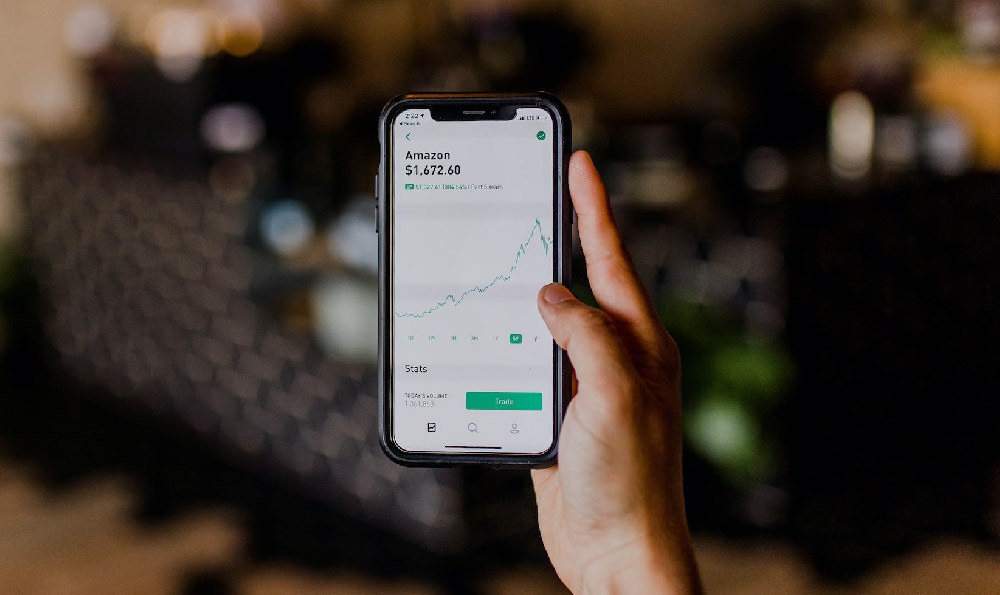Auto dealers generate revenue from financing through a combination of strategic business models, financial product integration, and ecosystem-based services. This multifaceted approach allows them to capitalize on not only the sale of vehicles but also the broader financial landscape that surrounds automotive ownership. By embedding financial solutions within their operations, dealerships transform into more than just retailers—they become facilitators of capital flow, enabling customers to acquire cars while simultaneously securing a steady stream of income for themselves.
Understanding the financial mechanics of auto dealerships reveals how they leverage financing as a core component of their revenue strategy. When a customer finances a car purchase, the dealer often acts as an intermediary between the buyer and the lending institution. This role is not passive; it requires a deep understanding of credit risk, interest rates, and market demand. Dealers typically earn a commission from the lender for facilitating the loan, which can account for a significant portion of their total revenue. Additionally, the ability to offer flexible financing options—such as zero-percent financing promotions or lease-to-own agreements—creates a competitive edge, driving sales volume and customer retention.
Beyond traditional lending, dealerships increasingly integrate financial products into their value proposition. This includes insurance packages, extended warranties, and roadside assistance services, which are bundled with financing deals to enhance customer satisfaction. Such bundling not only simplifies the buyer's experience but also generates ancillary revenue streams. Moreover, the rise of fintech has enabled dealers to develop proprietary financial tools, such as in-house credit scoring systems or mobile apps that streamline loan applications. These innovations reduce operational costs and improve efficiency, further boosting profitability.

Another key aspect of revenue generation through financing is the exploitation of residual value. When customers take loans or leases, dealers often retain ownership of the vehicle until the final payment is made. This creates a situation where the dealer can profit from the vehicle's depreciation while still benefiting from the interest accrued during the loan period. In some cases, dealers also engage in secondary market transactions, selling financed vehicles to third-party lenders at a discount. This practice allows them to recover a portion of their initial investment while generating additional capital.
The influence of financing on dealership revenue extends to the realm of credit risk management. By analyzing credit scores and financial histories, dealers can determine the appropriate loan terms and interest rates for each customer. This precision not only reduces the likelihood of default but also ensures that the dealer maximizes the income generated from each financing deal. Furthermore, dealerships often collaborate with insurance companies to secure financing options that are tailored to the customer's financial profile, thereby increasing the probability of successful transactions.
In the context of global markets, auto dealers generate revenue from financing by adapting to regional financial regulations and customer preferences. For instance, in countries with stringent lending laws, dealers may focus on partnerships with local banks or financial institutions to offer customized financing solutions. This flexibility enables them to maintain profitability even in competitive or economically challenging environments. Additionally, the ability to offer financing in multiple currencies or through cross-border lending platforms allows dealers to tap into international markets, further diversifying their revenue sources.
Technological advancements have also played a pivotal role in optimizing revenue from financing. By leveraging data analytics and machine learning, dealers can predict customer behavior, assess creditworthiness, and adjust financing strategies in real-time. This leads to more accurate pricing models and better risk mitigation. Moreover, digital payment systems have streamlined the financing process, reducing administrative burdens and increasing transaction speed. As a result, dealerships can process a higher volume of financing deals without compromising service quality.
The evolution of automotive financing has blurred the lines between traditional dealership operations and financial services. By offering financing as a standalone product, dealers can attract customers who may not have the upfront capital to purchase a vehicle outright. This strategy opens up new markets and increases the dealership's revenue potential. In some cases, dealers even act as direct lenders, providing financing solutions with minimal reliance on third-party institutions. This integration of financial services into the dealership's core business model has become a key driver of profitability in the modern automotive industry.
Ultimately, the ability of auto dealers to generate revenue from financing hinges on their capacity to balance risk, customer needs, and market trends. By continuously innovating and adapting to changing financial landscapes, dealerships can maintain a competitive advantage while ensuring long-term financial stability. In this dynamic environment, financing is not just a transactional tool—it is a strategic asset that propels the dealership's revenue growth and sustains its operations in an increasingly complex market.











